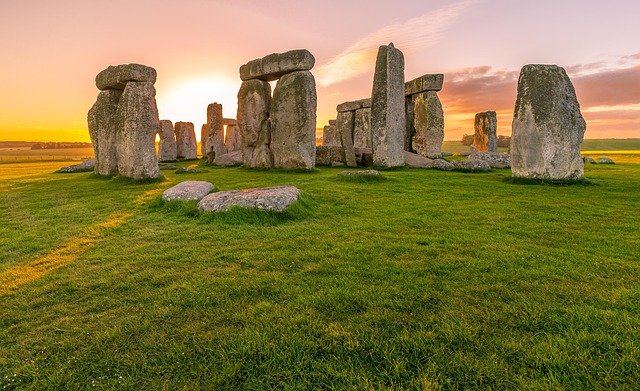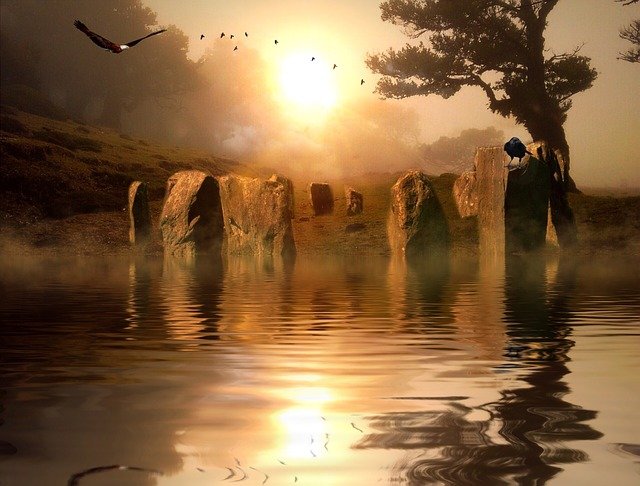Stonehenge and Leylines - myth or fact
I live in the middle of Sherwood Forest in Nottinghamshire, England - no, that's true and it's a real place, I promise. I moved here from Derbyshire and trust me, both counties have their myths and legends and both are mystical if you look deep enough.
For @ everittdmickey who asked:
What other henges?
What's a ley line?
On @charlie.wilson’s post: https://steemit.com/theory/@charlie.wilson/theory-of-the-day-who-the-f-ck-built-the-pyramids
A Henge is: a prehistoric monument consisting of a circle of stone or wooden uprights.
Wikipedia definition
More information on henges
The most famous henge is, of course, Stonehenge, 2 miles west of Amesbury in Wiltshire, Southern England. Unfortunately, ‘Stonehenge’ isn’t actually a henge as defined by archaeologists. It’s the opposite way around. A ditch on the outside and a bank on the inside is impractical where defence is the main concern and that’s exactly how ‘Stonehenge’ is constructed.
Stonehenge wasn’t an ancestral religious site for Druids and it wasn’t even called Stonehenge until the early 20th Century. Although, it WAS an ancient religious site, just not for the Druids.
Seahenge in Norfolk, discovered in 1988 is also not a henge in the true sense of the definition. There is a ‘Woodhenge’ but it’s no longer made of wood. As you can appreciate, the original wooden posts that made up the henge have long since departed their postholes.
Ley lines are also subject to opinions and conjecture. No one has a valid (or even credible) explanation for ley lines. Some believe they criss-cross England and the British Isles, some believe they criss-cross the whole globe. Invisible lines which are thought to carry magnetic fields across the earth’s surface.
Some ancient places of historic significance are thought to have a greater concentration of ley lines. Some theories suggest important monuments were built on these ley lines as a method of connecting them; or at least magnifying the power of the structures.
Coincidence or fact?
Images from Pixabay


I remember reading that many of the oldest churches were built on far older pagan religious sites so they too sit on laylines so early christians could harness their power.
That's also what I've read.
Interesting concept.
Phil Rickman has written fantastic novels covering this topic. I have just read Crybbe, but there was also another one, I forget the title.
Bernard Cornwell wrote a novel on Stonehenge too :)
I haven't enough research on this to write a full novel - yet :)
This is very well put together. I've been studying ley lines and the religious Celtic sites for a long time. Great post
Thank you. Research and history are two of my favourite things... unfortunately, I get side-tracked a lot ;)
Very interesting! Thanks for the shout out!
You're welcome :)